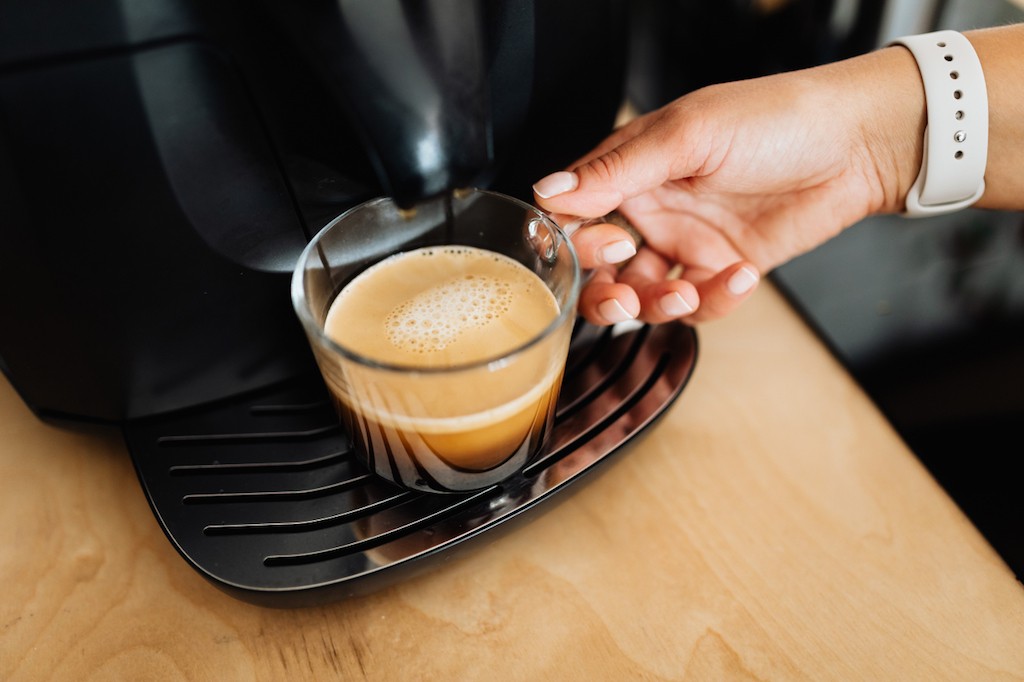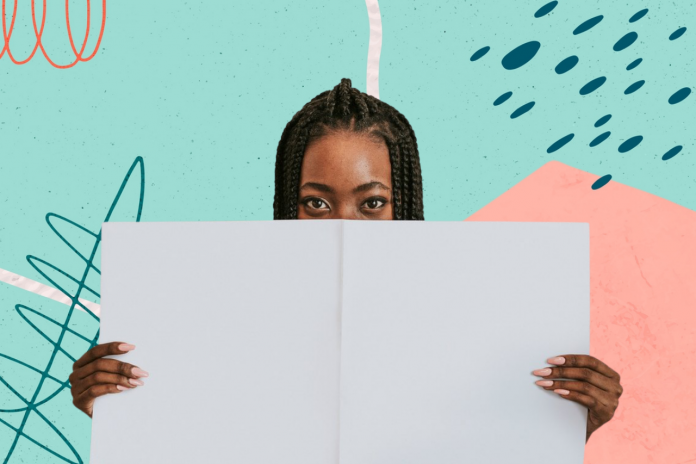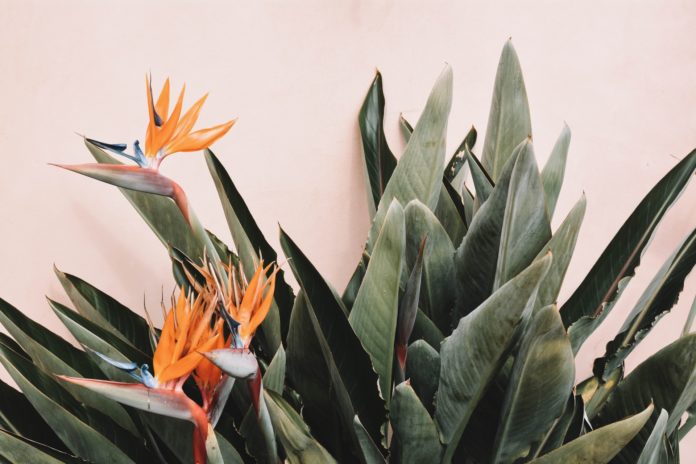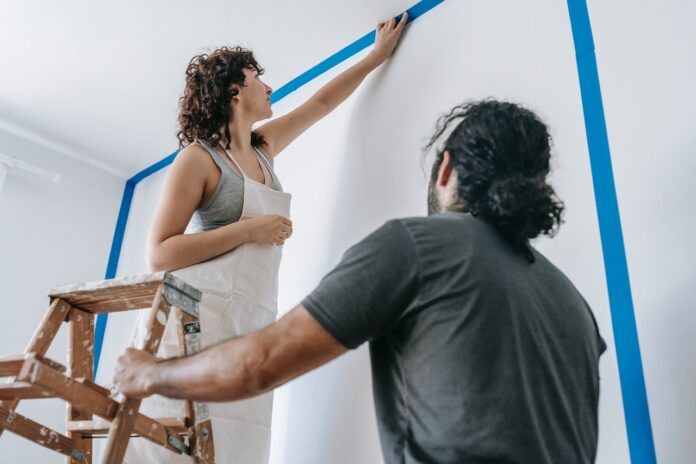How many times have you sat in your local cafe, savouring your cup of barista-brewed Quad Venti White Mocha Frappuccino, admiring the extravagant latte art they’ve created, and feeling despondent about your own homemade efforts?
All is not lost; whilst you may not be able to make a swan out of frothed milk or recreate the buzz of a cafe in your living room, there are ways to make your domestic efforts taste as good as those made by a barista.
The key, we think, to improving the taste of your coffee often lies in experimentation. Fortunately, we’ve done the hard work for you, enduring a fair few flat-tasting whites and burning ourselves on various gadgets to bring you this; our 5 ways to improve the taste of your homebrewed coffee.
Try New Coffee Beans
One of the easiest ways to experiment and potentially improve the coffee taste is to try different beans. Beans all have their own nuanced character and flavour profiles and this means that some of them will naturally suit your own tastes more than others. Vietnamese Robusta coffee, for example, boasts clearly discernible chocolate and hazelnut notes, whilst Colombian Supremo coffee brings with it a beautiful, bittersweet caramel finish. Perhaps most distinctively of all, many Central American coffees, particularly those from Costa Rica, are remarkably fruity, even citrussy. It’s up to you to find your perfect match, flavour wise!
Choosing coffee beans is something of an art form in itself. You want the perfect mix of rich earthy flavours, maybe with some chocolate undertones or a little bitterness or fruit on the palate. Increasingly, you can find exciting global beans and blends in your local supermarket, but what’s really going to impress your clients is careful sourcing of the finest coffee from afar.

Some of the best coffee blends in the world are slightly above what you might want to pay but you are getting quality with every sip. Some of our favourite blends are Trung Nguyen from Vietnam, which blends Arabica and Robusta to a chocolatey, rich finish, Blue Mountain from Jamaica, and Ethiopian Yirgacheffe, from the birthplace of coffee. Of course, it’s all subjective; find what suits you and dive in.
One of the best methods of finding out which beans give you the best taste is to buy coffee beans from a variety of different locations and with different roast profiles (more on this later) and have a tasting session.
Read: 7 ways to brew the IDEAL cups of coffee from around the world
Think About The Quality Of The Water
So many people spend a lot of time, money, and effort perfecting their coffee brewing techniques and then don’t really ever think about the water they are mixing with it.
The brewing process is actually a little lesson in chemistry. The chemicals that are in the water and its hardness, as well as PH levels, will all play a big part in how the reactions take place. This can all impact the flavour. It could be that the water coming out of your tap is perfect, but more often than not, you may need to filter the water or even brew your coffee using spring water.
Since water makes up 90% of the drink, it’s worth considering investing in a filter if you’re to take this homebrewing thing seriously (you are; that’s why you’re here). Tap water can contain impurities such as minerals, metals and salts that can alter the taste, so the best thing to do is to use filtered water to give your coffee the best flavour.
How Dark Do You Want The Roast?
Darker roasts almost always end in a more bitter taste. The subtle and sweet flavours that are found in some types of coffee can get replaced by bitter notes when the coffee has been roasting for a long time. This can result in a more consistent taste but not necessarily one that you will enjoy. It can also lead to all coffee varieties tasting a little “samey”.
This is one of the reasons why it is so important to experiment with different types of coffee in search of your favourite, and this means different roast profiles. Luckily, when you buy coffee, whether it is from the store or from a specialist roaster, the roast profiles will often be outlined for you. The rest is really up to you, but sweeter and more floral flavours tend to be at the lighter end of the spectrum, if that’s to your particular taste.
It All Starts With Espresso
One way that you can revolutionise your coffee options is to first perfect your making of espresso coffee instead of brewing filter coffees. Espresso can be used as a basis for a variety of other drinks, or even consumed as it is for a quick pick-me-up.
If you want to drink latte and cappuccino like those you might buy in a local coffee shop then the espresso is a crucial step. This is the basis of all of these drinks and can allow you to drink milk-based beverages rather than filter coffees.
Read: 5 IDEAL tips for the perfect espresso shot

Don’t Be Afraid To Add Flavour
The market for adding flavours to your coffee after you’ve brewed it is getting forever more popular, both on the high street and at home. We’re not just talking about adding a bit of sugar like people used to do in the days where instant coffee was the most widely-consumed type; we’re thinking about everything from salted caramel syrups to, whisper it, a cheeky shot of Baileys.
When you go to a coffee shop, you’ll notice that there are a lot of different types of syrups you can add. These can be used to make everything from a caramel cappuccino to a hazelnut latte. The syrups are easily available online if you don’t fancy making them yourself, though you can also add spices like cinnamon and nutmeg, which can add complexity and sweetness to the flavour.
Finally, there are more varieties of milk and cream to go in your coffee now than ever before. The possibilities are virtually endless.
And with that, we can’t wait to join you for a cup soon!





